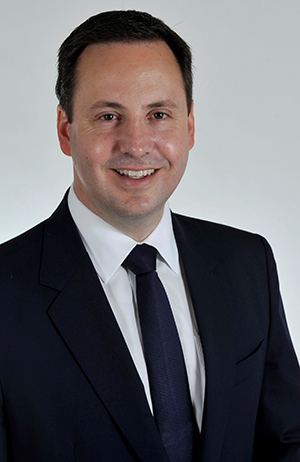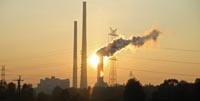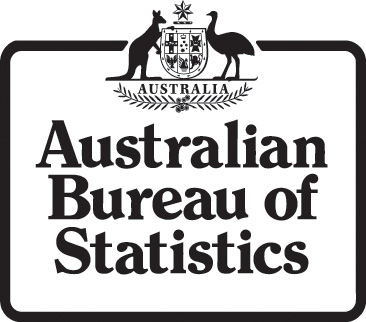Tax cut will deliver 'relief to small business heavy lifters' - ASBFEO
THE highly anticipated tax cut for small businesses will provide "much needed relief for mum-and-dad owners" according to Australian Small Business and Family Enterprise Ombudsman (ASBFEO) Kate Carnell, citing the agency's latest report.
The report highlighted that the amount of tax paid by the small business sector overall has increased, while the contribution made by big business has fallen. 
The ASBFEO’s Small Business Counts statistics report, released on March 29, includes ATO figures showing the small business share of company tax revenue has increased two percent in recent years, while input from the big business sector has fallen three percent.
“A healthy small business sector is a prerequisite for a growing economy; there’s no doubt small businesses are doing their fair share when it comes to paying tax, not to mention creating job opportunities,” Ms Carnell said.
“The Federal Government’s foreshadowed company tax cuts for businesses with a turnover of up to $10 million will give 99 per cent of Australian businesses a tax reduction, and will provide a much needed shot in the arm for the sector’s growth prospects, enhancing the ability of small businesses to employ,” she said.
Compiled over the past 12 months, the ASBFEO statistics report brings together data and analysis from a range of sources including the ATO, ABS and Austrade, and has been released to mark the office’s one year anniversary.
“This report provides a unique insight into the sector; it ultimately reinforces the size and importance of the small businesses to the Australian economy, and outlines its growing diversity,” Ms Carnell said.
Among the report’s findings, Ms Carnell said the number of small businesses currently venturing into offshore markets is on the rise.
“Encouragingly, ABS data shows more and more small businesses are entering export markets, with 44 per cent of goods-exporting firms classified as small business,” Ms Carnell said.
“Many are also entering the global market place at an early stage of their development, giving rise to the ‘born-global’ phenomenon,” she said.
Ms Carnell said while many small businesses are at the cutting edge of innovation, she’d like to see more small businesses go down this path.
“Our report highlights ABS data showing small business accounts for 17 per cent of business expenditure on R&D; while this is encouraging, it’s a figure I think the sector can – and will – build upon, particularly as more small businesses realise the benefits of entering into strategic partnerships with larger companies, especially in industries like defence,” Ms Carnell said.
Ms Carnell said the purpose of the report is to be a resource for governments, public policy makers and researchers that will improve their knowledge and understanding of the Australian small business sector.
“We’re inviting feedback on the report and welcome comment from small business and others on how we can ensure this document is the go-to publication for small business stats in Australia,” Ms Carnell said.
The full report can be found on the ASBFEO website: www.asbfeo.gov.au where a feedback form is also available.
SMALL BUSINESS STATISTICS AT A GLANCE
- Over nine in 10 Australian businesses are small businesses;
- Small businesses account for over 33 percent of Australia’s GDP;
- Small businesses employ over 40 percent of Australia’s workforce;
- Small businesses pay around 12 percent of total company tax revenue;
- 30 percent of small businesses engage in product innovation;
- Small businesses account for 17 percent of business expenditure on R&D;
- 44 percent of goods-exporting firms are small businesses;
- 34 percent of business managers/owners are women.
ends

 How to resolve AdBlock issue?
How to resolve AdBlock issue? 




